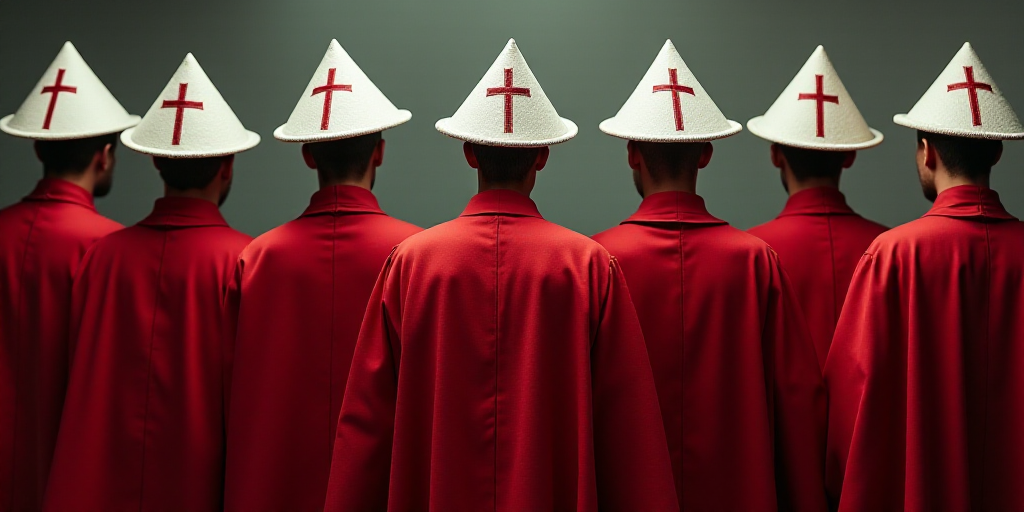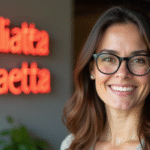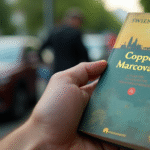Cardinals to Convene in the Vatican for Papal Succession
The conclave of cardinals in the Vatican has set a date to determine who will succeed Pope Francis. It will take place next Wednesday, May 7th, as announced by the Vatican press office this morning.
This liturgy will involve around a hundred cardinals. Currently, there are 252 cardinals who make up the College of Cardinals, but only 135 have the right to elect the next pope as they are under the age of 80.
Cardinals Not Attending and Their Reasons
However, Spanish cardinal Antonio Cañizares has announced he will not attend due to health issues, while Italian cardinal Angelo Becciu has confirmed he is ready to step aside. It’s worth noting that Pope Francis stripped Becciu of his purple privileges due to his involvement in a financial scandal.
Therefore, out of the 133 cardinals who will enter the Capilla Sixtina, 108 (80%) were chosen by Francis during his 12-year papacy.
Among them are four Argentine cardinals who will be able to attend the voting: Víctor Manuel “Tucho” Fernández, Ángel Sixto, Rossi Vicente Bokalic Iglic, and Mario Poli.
End of “Novendiales” and the Cónclave Process
“Novendiales” (from Latin “novem diem”, meaning nine days) refers to the nine-day mourning period following a pope’s death, which concludes on Sunday, May 4th. During these days, a daily mass is held in remembrance of Francis.
The first mass was at the funeral held on Saturday in St. Peter’s Square, with the ninth and final mass scheduled for late afternoon on May 4th at St. Peter’s Basilica, presided over by Cardinal Dominique Mamberti.
Understanding the Cónclave: The Process of Electing a New Pope
The cónclave unfolds through daily rounds of voting. Typically, up to four votes are cast each day until a candidate secures the necessary majority support.
However, to achieve this, a candidate must garner at least two-thirds of the votes. This process can last between 15 and 20 days, depending on how swiftly the cardinals reach an agreement.
To ensure unbiased decision-making, the cardinals remain isolated from external influences during this period.
The duration of the cónclave is unpredictable, as it hinges on the cardinals’ consensus in selecting a new pope.
Once a successor is chosen, the Catholic Church will announce the news to the world with the famous ‘white smoke’ sign from the Sistine Chapel’s chimney, accompanied by an official statement: “Habemus Papam”.
Upon acceptance, the new pope must assume his role and select a new name. For instance, Jorge Bergoglio became “Francis” in honor of the radical St. Francis of Assisi, symbolizing peace, austerity, and service to the poor.
Finally, the newly elected pope presents himself to the world from the balcony of St. Peter’s Basilica for his first “Urbi et Orbi” blessing. Subsequently, the enthronization mass commences his papacy.
Should the cardinals fail to reach a consensus, the world will be informed – via the ‘black smoke’ signal from the Sistine Chapel’s chimney – that no definitive agreement has been reached, and further voting is required.
Key Questions and Answers
- What is the purpose of the conclave? The conclave is a meeting of cardinals in the Vatican to elect a new pope following the death or resignation of the previous one.
- How many cardinals will participate in the conclave? 133 cardinals will participate, having been chosen primarily by Pope Francis during his papacy.
- What is the significance of “Novendiales”? “Novendiales” refers to the nine-day mourning period following a pope’s death, culminating in daily masses honoring the late pontiff.
- How is a new pope elected? Through a series of daily votes in the cónclave, a candidate must secure at least two-thirds majority support. This process can last between 15 to 20 days.
- What signals the world of a new pope’s election? The “white smoke” from the Sistine Chapel’s chimney signals a new pope has been chosen, followed by the official announcement “Habemus Papam”.






